Laundry Tips for Sweaty Yogis
Discover effective ways to banish stubborn odors from your yoga clothes. From prevention to vinegar soaks, we’ve got you covered. Say goodbye to post-yoga funk!

Discover effective ways to banish stubborn odors from your yoga clothes. From prevention to vinegar soaks, we’ve got you covered. Say goodbye to post-yoga funk!
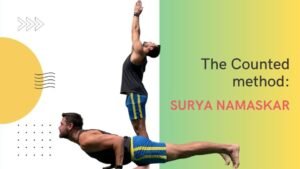
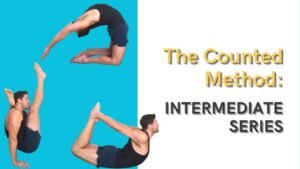
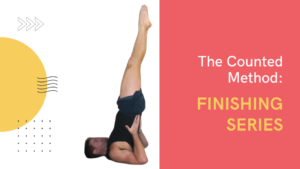
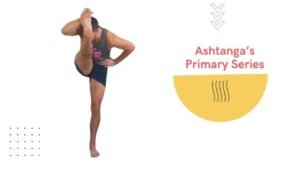
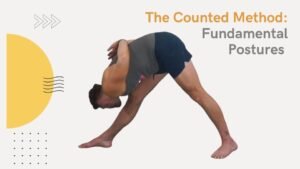

The count in Ashtanga Yoga is a key component of the practice, helping students maintain a steady rhythm and focus their attention on the breath. In Ashtanga Yoga, each posture is performed with a specific number of breaths, known as the vinyasa count. The count is typically given by the teacher, but it’s important for students to also learn the count themselves as a way to deepen their understanding of the practice. The primary and intermediate series of Ashtanga Vinyasa Yoga include a total of 72 postures, which are performed in a specific order. In a guided class, they often use a Sanskrit count. The postures in these series are considered “half vinyasa” because we don’t return to the top of the mat in between…
Ashtanga yoga is a physical practice that requires a lot of stretching. It’s easy to get caught up in the pursuit of flexibility, but it’s important to remember that overstretching can lead to injury. In this guide, we’ll go over the anatomy and physiology of stretching and provide tips for safe and effective stretching in your Ashtanga practice. The Dangers of Overstretching Stretching can be beneficial for increasing range of motion and improving circulation, but overstretching can lead to muscle weakness, joint instability, and even permanent tissue damage. Signs of overstretching include burning sensations, popping sounds, aching muscles, sciatic pain, excessive clicking and popping of joints, and joint instability. Pregnant students are particularly at risk for overstretching, so it’s important to be extra cautious if…
Intro: Ashtanga yoga is a beautiful practice that can transform your body, mind, and spirit. But as with any physical activity, injuries can happen. That’s why it’s important for Ashtanga yoga practitioners to have insurance (should something happen) and continue their education (to prevent something from happening). In this guide, we’ll explore why insurance is important, where to get it, and what continuing education requirements you need to fulfill. Why You Need Insurance: Let’s face it, accidents happen. Ashtanga practitioners often push themselves to the limit, and injuries can occur. But did you know that yoga-related emergency room visits happen more often than we think? That’s why it’s important to have insurance to protect yourself against claims regarding unexpected yoga accidents. Plus, having insurance can…
If you’re an Ashtanga yoga teacher looking to build your business, marketing is key. But let’s be real, marketing can feel overwhelming and daunting. Don’t worry, we’ve got you covered with some tips and strategies to help you build your brand, connect with students, and grow your business. Daily Marketing Practice: Just as a regular yoga practice is essential for growth and flexibility, a daily marketing practice is essential for building your business. Set aside time each day to update your website or social media accounts, send out emails to your subscribers, or plan upcoming workshops and retreats. Consistency is key, even when your classes are packed or when attendance is low. To Brand or Not to Brand: While branding can be important in building…